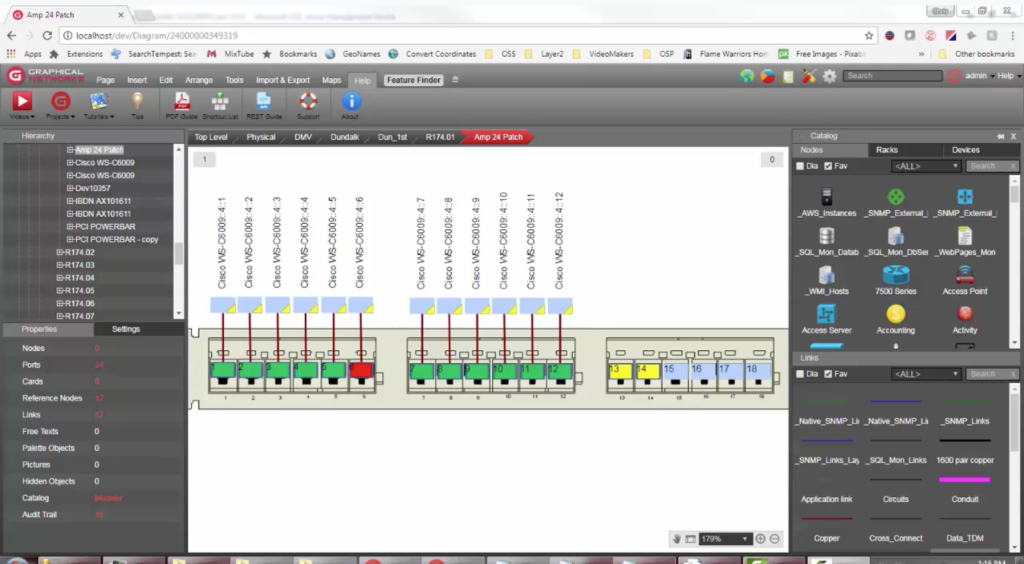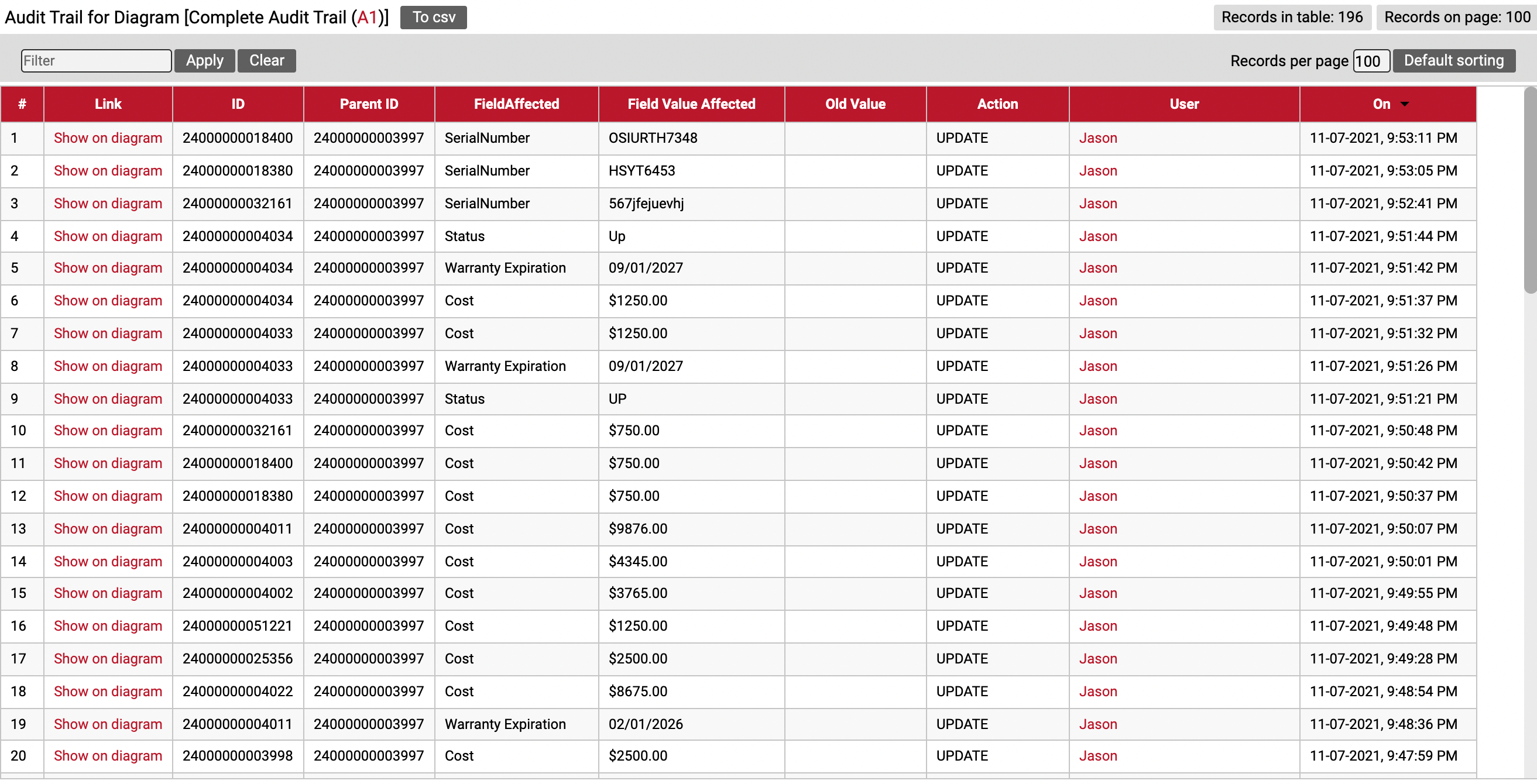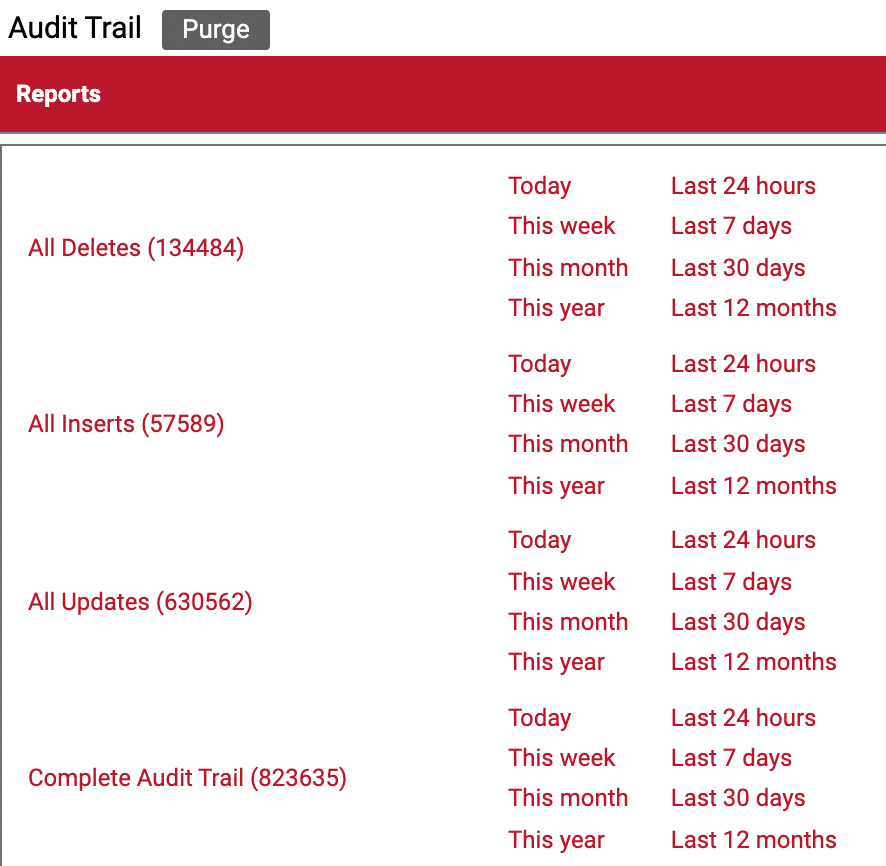
So, you’ve stepped up to the IT visualization plate and started to use netTerrain — either on a trial basis or as one of our customers…and now, you’d like to avoid your time investment becoming shelfware.
Take note: one of the aspects that leads software straight into the abyss of ‘shelfware’ is a lack of a change management process. A change management process has to come from the top and no matter which system you purchase, whether its network diagram software, data center infrastructure management (DCIM), or a fiber plant (outside plant) solution, tracking and maintaining changes made by users or by an automated way, is needed. If there’s no change management in place, quite frankly, you’re better off not making any investment in IT visualization software and just sticking with Visio and spreadsheets.
What is change management?
According to Wikipedia’s entry on change management: “The goal of the change management process is to ensure that standardized methods and procedures are used for efficient and prompt handling of all changes, in order to minimize the impact of change-related incidents upon service quality, and consequently improve the day-to-day operations of the organization.”
With netTerrain, change management is embedded throughout the software:
- Work order tasks
- Reserving space
- netTerrain Collector – network last updated status
- Audit trails
Work order tasks
As part of a change management process, you can create work orders as collections of tasks with due dates, assign owners and status values:
- Create tasks associated with netTerrain objects with due dates, owners and status
- Pass tasks to other owners and view your tasks and work orders with properties
- Get notifications when new tasks are created or tasks
- Report on tasks and work orders based on past due, owners and other criteria
- Work order dashboard
- Work order API calls for integration purposes to other applications, such as BMC Remedy and ServiceNow
Reserve space
When making changes and planning for future capacity, the ability to reserve space (i.e.: ports, rack space, fiber strands, etc.) and to take the steps to fully decommission a device, is crucial. Why? You can now view your infrastructure ‘as-is’ vs. ‘as-planned’ You can reserve the space through a dropdown list field, say ‘Reservation’, and voila: the object will turn a different color so that you know it’s reserved.
See below for a port example:
For a complete tutorial of reserving space, click here.
Audit trails
In netTerrain, as an Admin user, you can easily view comprehensive audit trail logs and reports. Track all deletes, inserts, updates, and a complete audit trail: see which user made a change, the old and the new value, and exactly when the change was made.
Each object, rack, device, and all connections that you place on netTerrain web diagrams also has an audit field report that you can look at.
Below is a rack with a complete audit trail that you can click on:
Below is the back of a device with the Audit trail that you can click on:
Below is the list of audits that can be viewed:
The Admin User can run an audit trail specifically for updates on a per-user basis, per-diagram basis, or for the whole project.
If you’re interested in netTerrain for change management and IT documentation, and would like to find out if it’s a good fit for your project goals, sign up for a demo by clicking here.



